Five things to know about the International Space Station
Here are some key facts about the orbiting laboratory set up to advance space exploration - and prepare to send humans to Mars - where Russians and Americans have worked together for a quarter of a century.
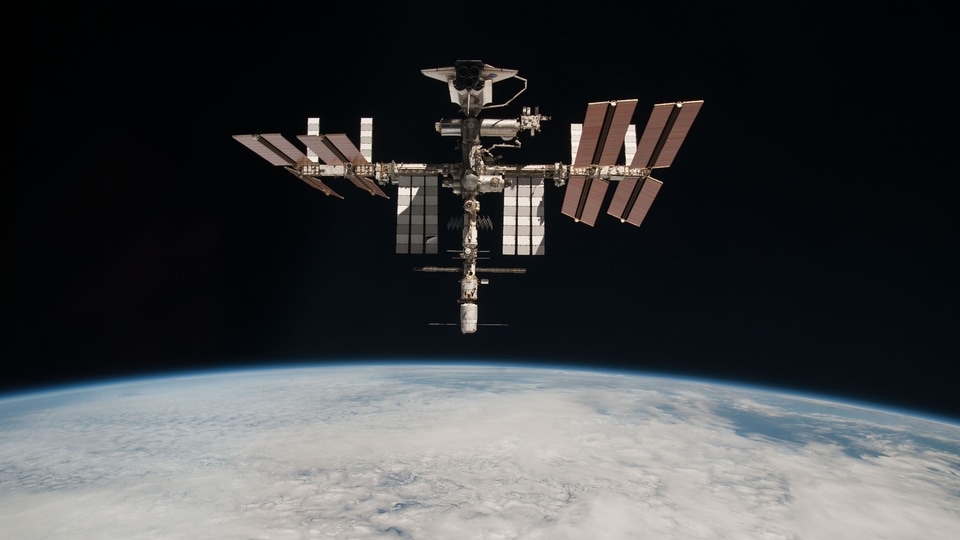
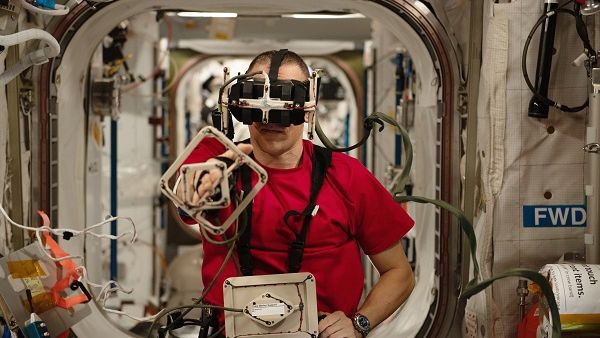
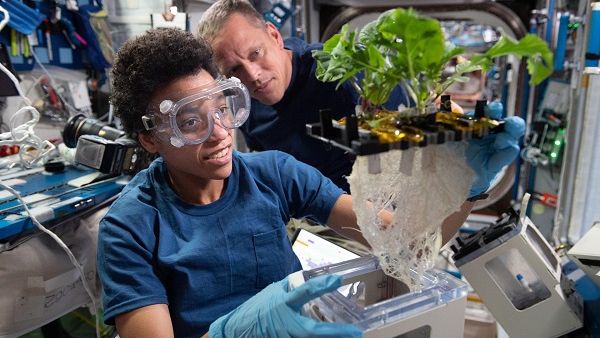
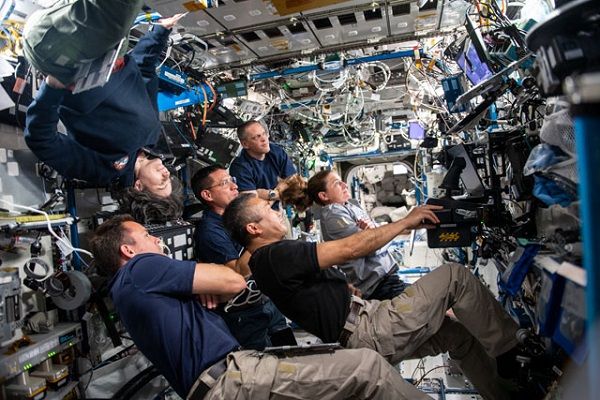


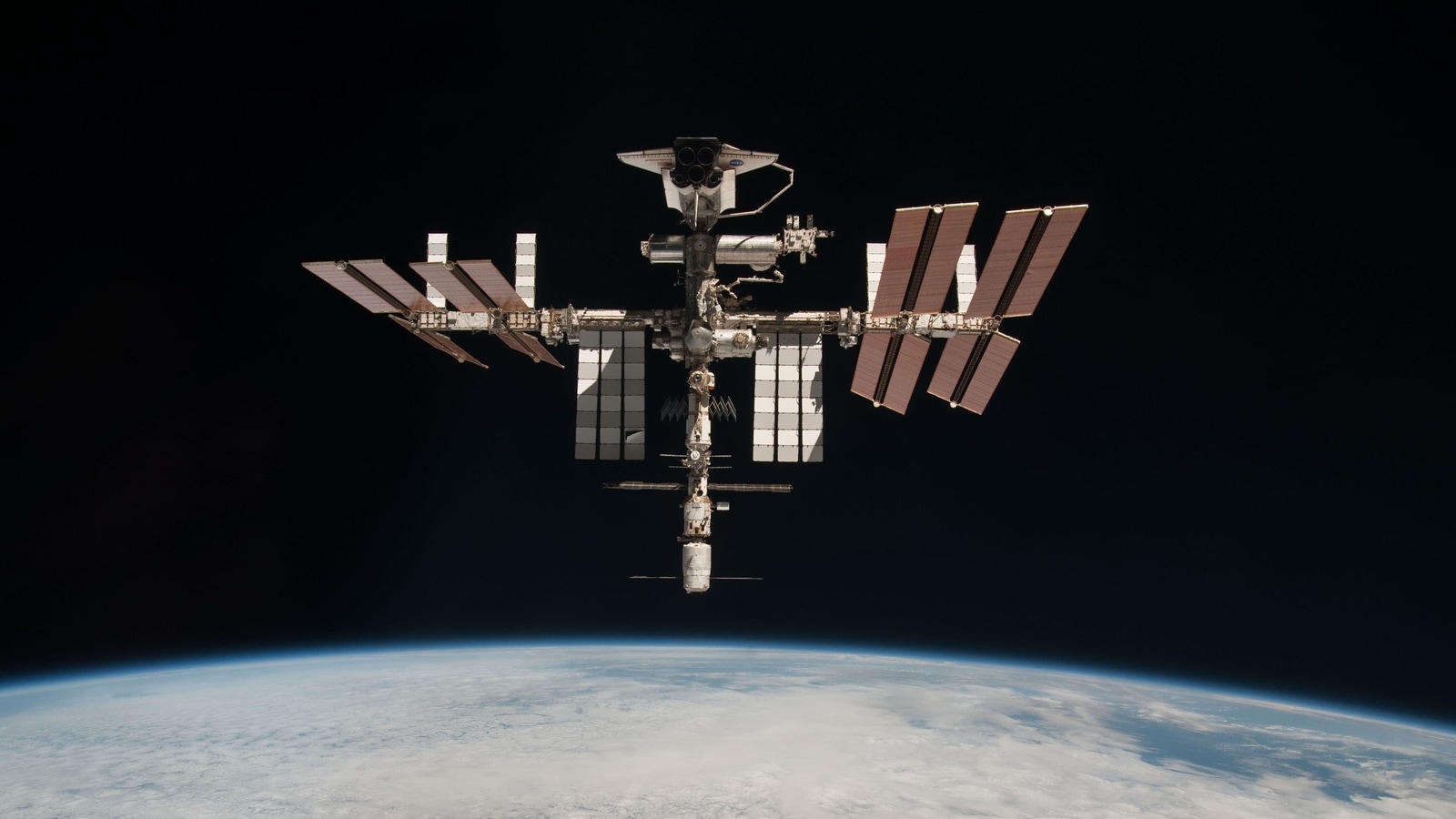
 View all Images
View all ImagesRussia is scrambling to bring home three astronauts -- two Russians and one American -- who are stuck aboard the International Space Station after a meteorite damaged the spacecraft that was due to return them to Earth.
Here are some key facts about the orbiting laboratory set up to advance space exploration - and prepare to send humans to Mars - where Russians and Americans have worked together for a quarter of a century.
- Size of a football field -
The ISS is the largest man-made structure ever put into orbit.
Launched in 1998 by the United States, Russia, Canada, Japan, and members of the European Space Agency (ESA) it is the size of a football field and weighs about the same as a jam-packed Boeing 747.
Built at a total cost of about 100 billion dollars, mostly paid for by the US, it orbits the Earth every 90 minutes at an average altitude of 400 kilometres (250 miles).
It has been permanently occupied since November 2000 by Russian and American-led crews that usually stay for around six months to carry out experiments in microgravity (weightlessness) which have practical applications on Earth and help prepare for future Mars missions.
NASA astronaut Mark Vande Hei holds the record for the longest straight stay on board the ISS, of 355 days.
- Model of US-Russia cooperation -
Five space agencies representing 15 countries operate the ISS.
NASA and the space agencies of Europe (ESA), Canada (CSA) and Japan (JAXA) run the US Orbital Segment, which is responsible for providing solar power. The Russian Orbital Segment, operated by Russian space agency Roscosmos, is responsible for propulsion and maintaining orbit.
The US and Russia each supply half of the food needed on the ISS, which is brought by uncrewed Russian and American supply ships, including craft from Twitter owner Elon Musk's SpaceX.
The station has a full crew of seven but the numbers aboard can reach up to 13 during crew rotations.
Eight spaceships can be connected at any one time to the ISS, which can be reached from Earth in about four hours.
The Soyuz has three places and the SpaceX's Dragon 2 has four.
There are always two spacecraft docked at the ISS to evacuate in the event of an emergency, but one of these suffered the meteorite hit.
- 18-hour days -
Astronauts on the ISS are kept busy.
The day starts at 6 a.m. and lights go out at 10:30 p.m, after eight to ten hours of scientific experiments, two hours of physical activity to avoid muscle loss in microgravity and three hours for housework, repairs and leisure time.
Some 200 experiments are ongoing at any one time.
The key, says French astronaut Thomas Pesquet, is to keep busy, because "if you have nothing to do, it is a bit like a prison with a great view, and some fun stuff like floating."
- Fiery waste removal -
Nobody has a room of their own on the ISS much less a bed. Astronauts slip into sleeping bags stowed vertically.
There is very little water on the ISS: some of it is brought from Earth, with the rest extracted from the air and urine. Waste water is purified and recycled for use in meals.
The ISS has neither a shower nor a dishwasher: astronauts use wipes and air flushes remove solid waste, which is compacted in canisters and loaded onto the supply vessels, burning up on re-entering the Earth's atmosphere.
- Uncertain future -
The ISS was never built to last forever.
Both NASA and the ESA want to continue operations until at least 2030. But the Russians said in July 2022 -- in the midst of the war in Ukraine -- that they wanted to withdraw after 2024 in order to set up their own station, without making it official.
After 2030, the ISS could be retired and plunged into an uninhabited area of the Pacific Ocean, according to NASA, which has announced plans to transition to commercial space stations.
Catch all the Latest Tech News, Mobile News, Laptop News, Gaming news, Wearables News , How To News, also keep up with us on Whatsapp channel,Twitter, Facebook, Google News, and Instagram. For our latest videos, subscribe to our YouTube channel.































